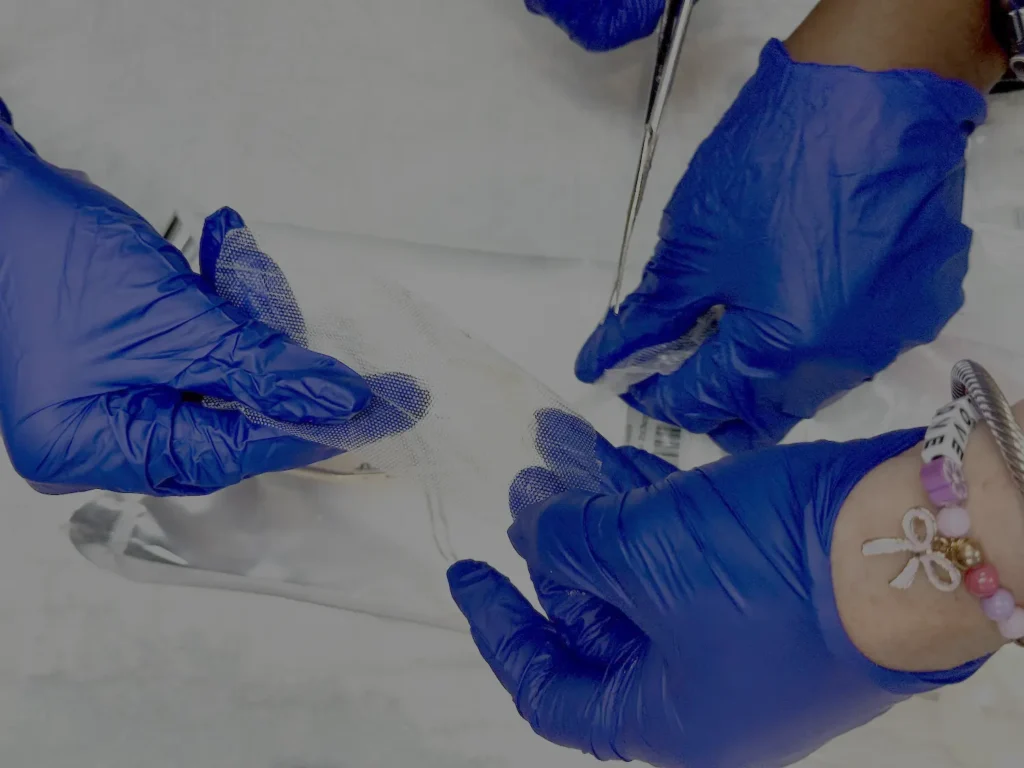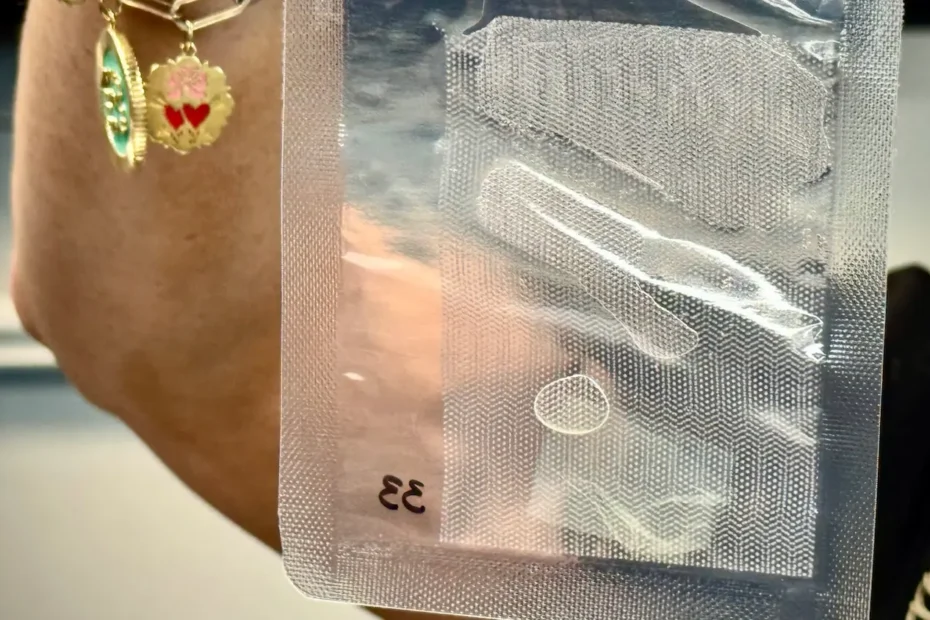Quick answer: A skin substitute graft is only considered for a chronic wound after at least 28 days of documented conservative treatment have failed to significantly shrink the wound, and only if the wound meets strict clinical criteria, such as being free of infection and having a healthy wound bed. It’s a medically necessary option (not a first-line treatment) for chronic wounds that aren’t healing with standard care.
Skin substitutes offer exciting potential in the battle against hard-to-heal chronic wounds. It’s an innovative treatment that can accelerate healing for the right type of wound.
But we want to be clear: These types of advanced therapies aren’t for everyone.
Yes, these grafts are one of the most promising tools in wound care today, although it’s worth noting that amniotics have been used off-label for centuries. What has changed in recent years is their rapid rise in popularity, largely driven by favorable Medicare reimbursement rates. As a result, a number of new vendors are entering the space, many offering untested products with sky-high price tags and questionable clinical value. It has created a Wild West effect where some clinics have overused, others overpromised, and patients are left unsure who to trust.
At Rebirth Advanced Healing, we take a different approach.
We apply grafts only when they’re medically necessary, backed by evidence, and aligned with Medicare compliance standards. It’s our goal to be the leader in doing things the right way.
This article offers a clear, honest look at when a skin substitute graft is truly the right choice for a chronic wound. You’re going to learn…
- The regulated criteria that must be met before a graft can even be considered for use.
- Why some patients don’t qualify (and why they shouldn’t).
- What to expect from the treatment process.
- How we evaluate products for effectiveness (not reimbursement).
What Is a Skin Substitute Graft for Wound Healing?

Skin substitutes are used in advanced wound care products to mimic the function of natural skin and help chronic wounds heal after traditional, conservative treatment hasn’t worked. One of the most widely used types is an amniotic graft, which is derived from human placental tissue donated from healthy live births.
These grafts look like a thin, semi-transparent sheet that’s similar in texture to a plastic wrap or a piece of tissue paper. Some have compared it to the Listerine mint strips that you place on your tongue.
It’s soft and flexible and designed to conform with the surface of a wound. Unlike traditional dressings, though, this sheet is packed with biological properties from the amniotic membrane that support healing and reduce inflammation.
As mentioned, many new vendors are entering this space with products that have yet to be stringently tested. Some are using bovine (pig) placenta, while others ethically source human placenta.
Our team at Rebirth Advanced Healing specifically uses human placental grafts from a handful of trusted vendors.
“We rely on grafts we’ve seen succeed in real-world settings with our own patients,” said Courtney Pendergraft, NP, Chief Clinical Officer at Rebirth. “Our team continuously evaluates outcomes to ensure we’re using what truly works.”
Related: 98% of Rebirth Advanced Wound Care Patients See Improvement
When Can a Placental Wound Graft Be Used for Treatment?
There are several steps that need take place before a patient is eligible for this type of advanced wound treatment.
First, clinicians cannot use advanced biologics for treatment until a wound has failed at least a month of conservative therapy, according to Medicare guidelines. Specifically, the wound can’t have decreased in size by 50% over the course of 28 days.
Those conservative treatments, typically performed by a wound care nurse, include dressing changes, compression, offloading, elevation, debridement, and wound vacs.
Additionally:
- The wound must be at least 1 cm in diameter to be eligible for advanced treatment.
- There cannot be any active infection, like cellulitis or osteomyelitis.
- The wound bed must be viable (no eschar or slough). Clinicians need a beefy, red tissue to lay the graft on.
- Patients cannot be on hospice.
It’s critically important that the patient’s care team, whether it’s at an assisted living facility or through a home health agency, documents the 30 days of notes showing that the conservative therapy was provided. Wound measurements must also be part of this documentation.
Once that paperwork is received, the Rebirth team can begin insurance verification to ensure it can be approved for amniotic grafting.
What Happens Before the First Skin Substitute Graft
Even after meeting those Medicare requirements and having insurance verified, it’s important to further evaluate the wound and the patient before beginning advanced therapies, Pendergraft said.
“Not every wound is appropriate for graft application and there are numerous factors that can impede healing,” she said. “Our clinicians will evaluate the wound and determine if it is appropriate for graft application.
Along with looking closely at the wound, a clinical team will look into the patient’s overall health, including other medical conditions and how they’re being managed, diet, recent lab work, and any circulation tests.
If the patient and wound meet criteria for a graft, we walk the patient through the weekly treatment plan.
What The Advanced Treatment Looks Like
Per Medicare guidelines, clinicians can provide 10 graft treatments over a 12-week window. That 12-week clock starts after the first treatment. Our team schedules those treatments on the same day each week, and coordinates with the patient’s current care providers to ensure both teams aren’t seeing the patient on the same day.
Improvements are documented and once the wound is healed, the treatment concludes.
The first four weeks of treatment are critical, Pendergraft said. “We believe it’s both financially responsible and ethically sound to reassess and formulate a new treatment plan when a therapy isn’t showing early benefits.”
And then the clinical team investigates any evidence to why it didn’t heal. Was there a hospital stay? How was nutrition in the past week? Were blood sugar levels normal? Answering those questions can explain why healing may not be happening.
Let’s Talk About Your Wound
At Rebirth, placental grafts are never a first-line option or a sales gimmick. They’re a serious treatment for serious wounds, and we treat them as such.
If you have patients with chronic wounds, or if you are a patient or a loved one of a patient in the same fight, and traditional therapies aren’t healing it, it’s likely time to explore more advanced options.
Submit a referral to start your evaluation.
Disclaimer: This article is for general information only. It is not medical advice and does not determine or advise on benefits coverage. For medical concerns, talk to a healthcare provider. For benefits questions, contact the appropriate agency or your insurer.
